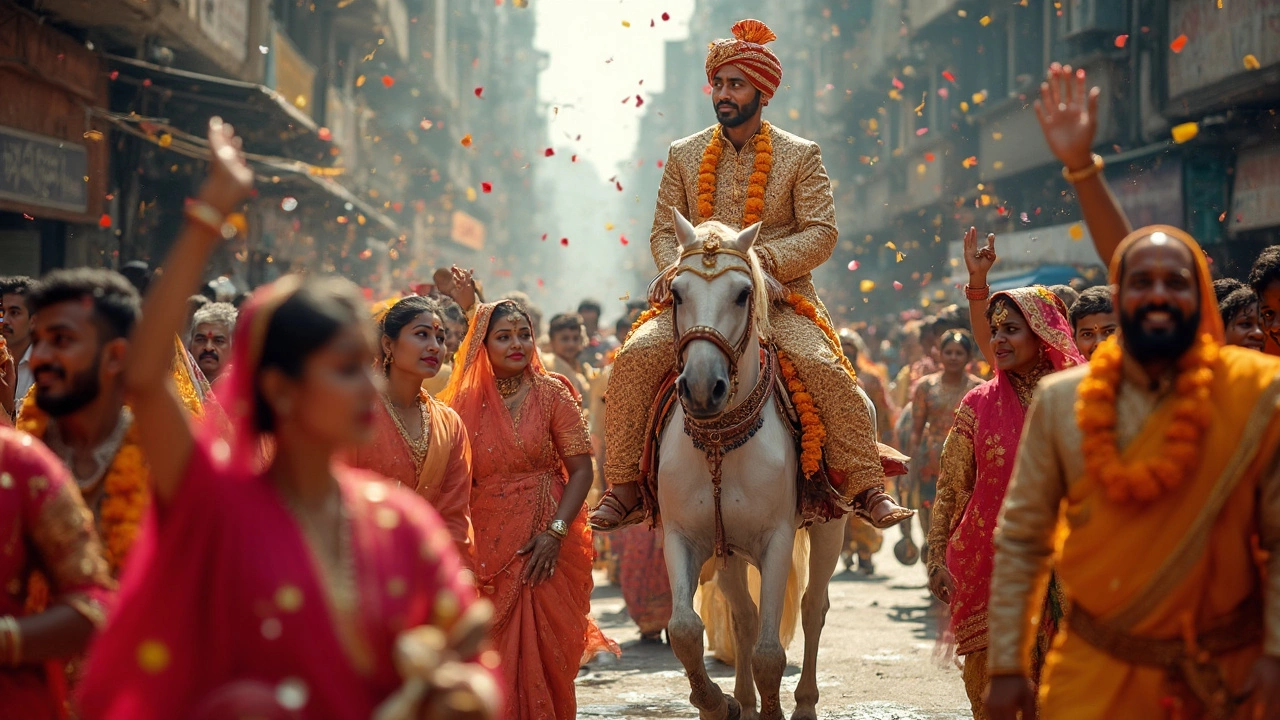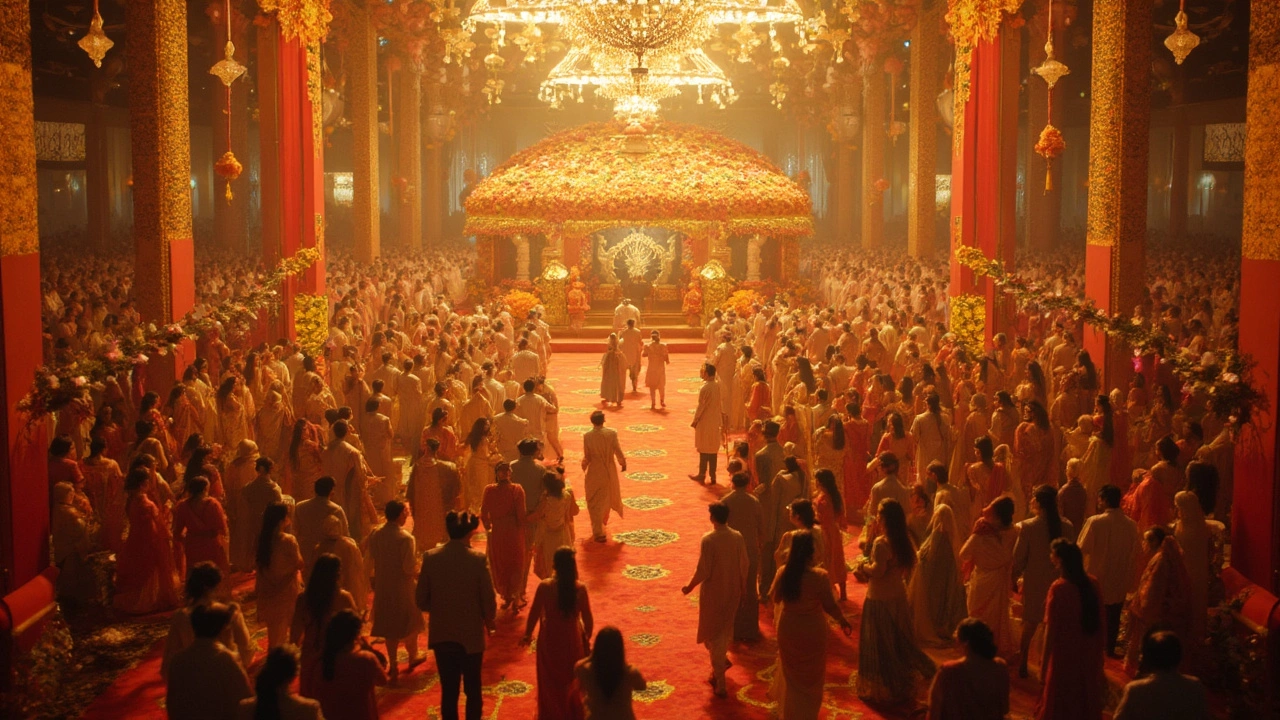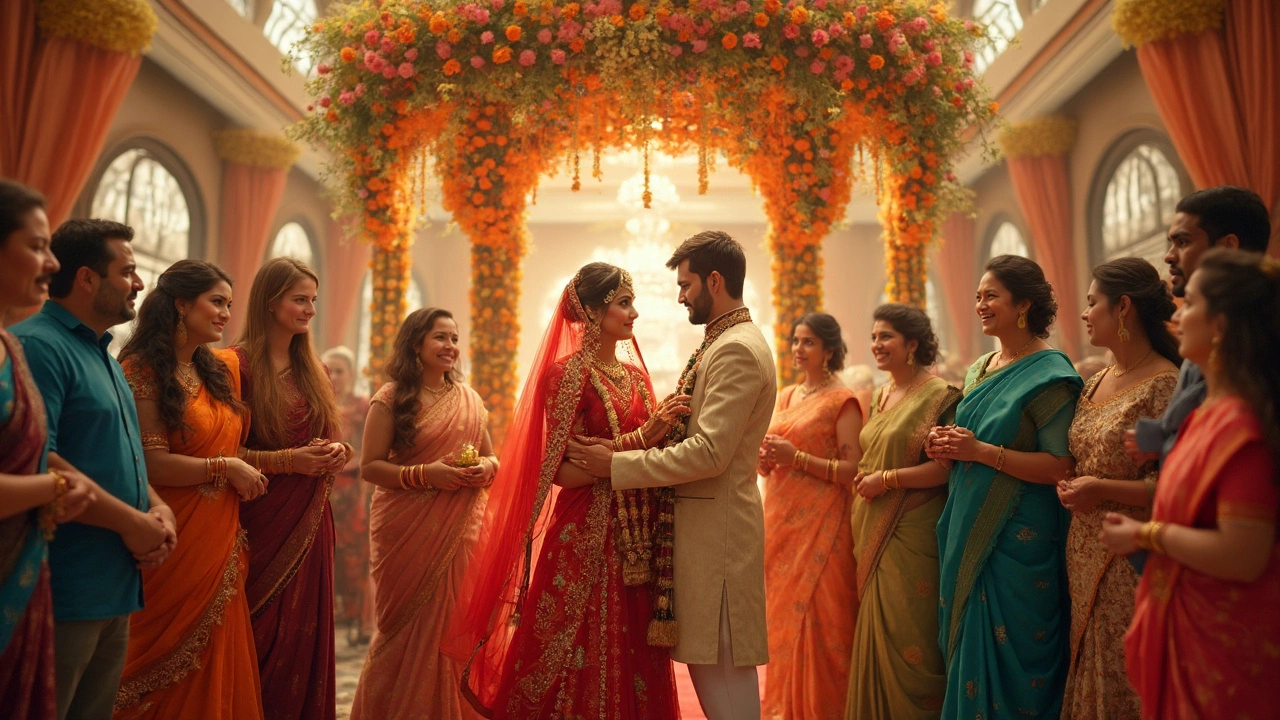Indian Wedding: Traditions, Rituals, and Regional Variations
When you think of an Indian wedding, a complex, colorful, and deeply spiritual union rooted in centuries of family, faith, and regional identity. Also known as Hindu wedding, it’s not just a single day—it’s a chain of rituals that can stretch over days, involving music, food, dance, and sacred vows passed down through generations. While many assume all Indian weddings look the same, the truth is each region, religion, and community has its own rhythm. In Tamil Nadu, the Tamil wedding, a tradition centered around the Kanyadaanam, Mangalsutra tying, and the sacred seven steps around the fire feels different from a Punjabi sangeet or a Bengali porobesh. The wedding rituals, the specific ceremonies that mark each stage of the union, from engagement to the final goodbye aren’t just traditions—they’re living stories told through fire, flowers, and family.
What makes an Indian wedding so rich isn’t just the gold jewelry or the loud music—it’s how deeply personal each step is. The Indian marriage traditions, the customs that guide how families come together, from horoscope matching to the groom’s arrival on a horse vary wildly. In some places, the bride’s family hosts the entire event. In others, the groom’s side takes charge. Some weddings include a ritual where the bride hides the groom’s shoe, and he must bargain for it back. Others involve a priest reciting ancient Sanskrit verses while the couple walks around a sacred fire seven times. Even the food changes: in the south, you’ll find spicy sambar and rasam; in the north, rich paneer and butter chicken. And while Diwali and Navratri are celebrated across India, no other event brings together so many people, so many rules, and so much emotion as a wedding.
There’s no single Indian wedding. There are hundreds—each shaped by language, caste, religion, and local custom. A Christian Tamil wedding looks nothing like a Muslim wedding in Lucknow, and both are worlds apart from a Sikh ceremony in Punjab. But they all share one thing: the belief that marriage isn’t just about two people. It’s about two families, two lineages, and two worlds coming together. Whether it’s the tying of the thali in Tamil Nadu, the pheras around the fire in Rajasthan, or the baraat procession in Delhi, every ritual carries meaning. And that’s why, no matter where you are in India, you’ll find the same warmth, the same chaos, the same joy. Below, you’ll find real stories and deep dives into how these weddings are done—across regions, religions, and generations. What you’ll see isn’t just tradition. It’s life, lived out loud.



